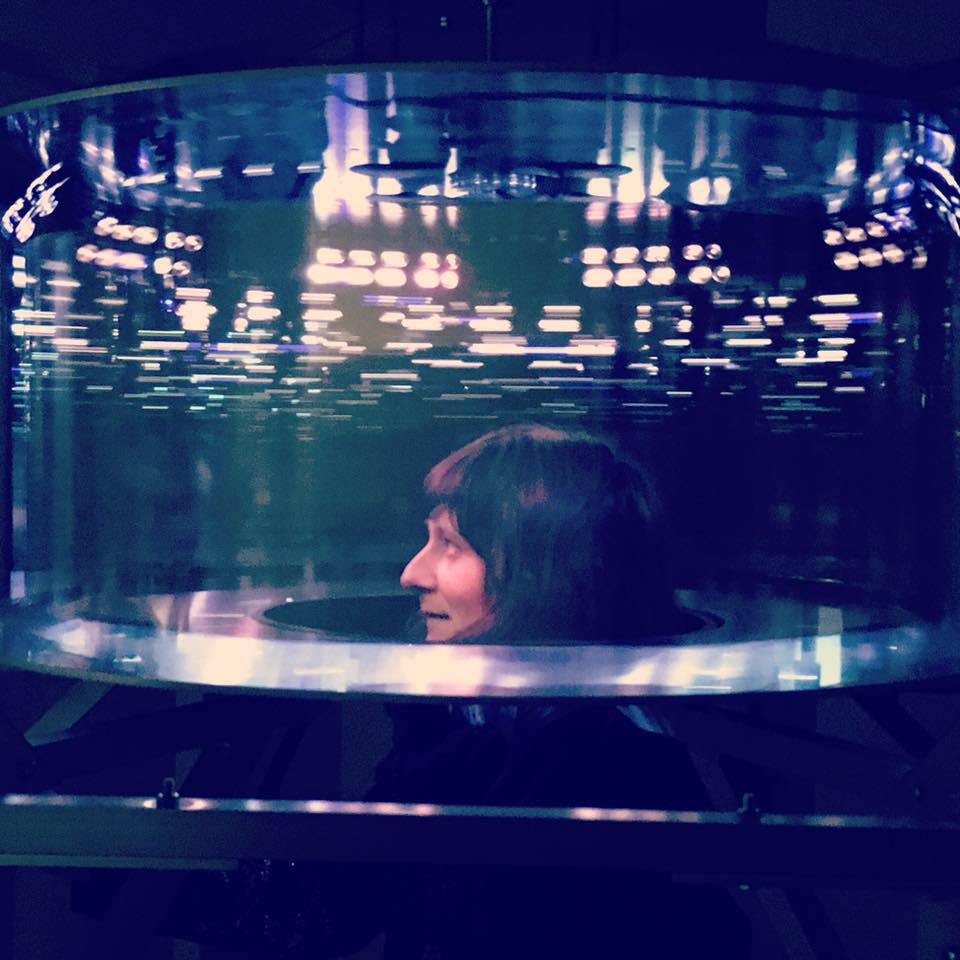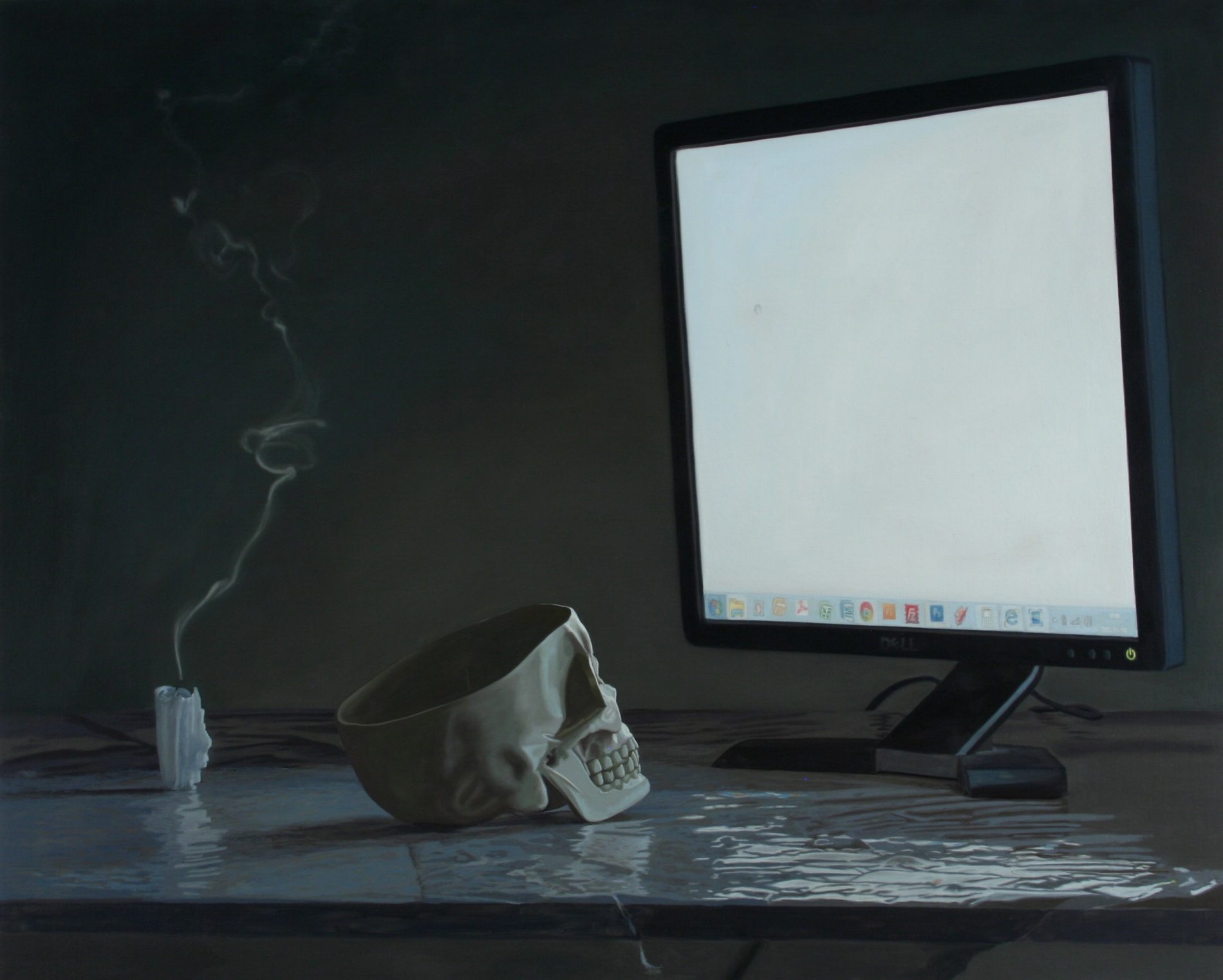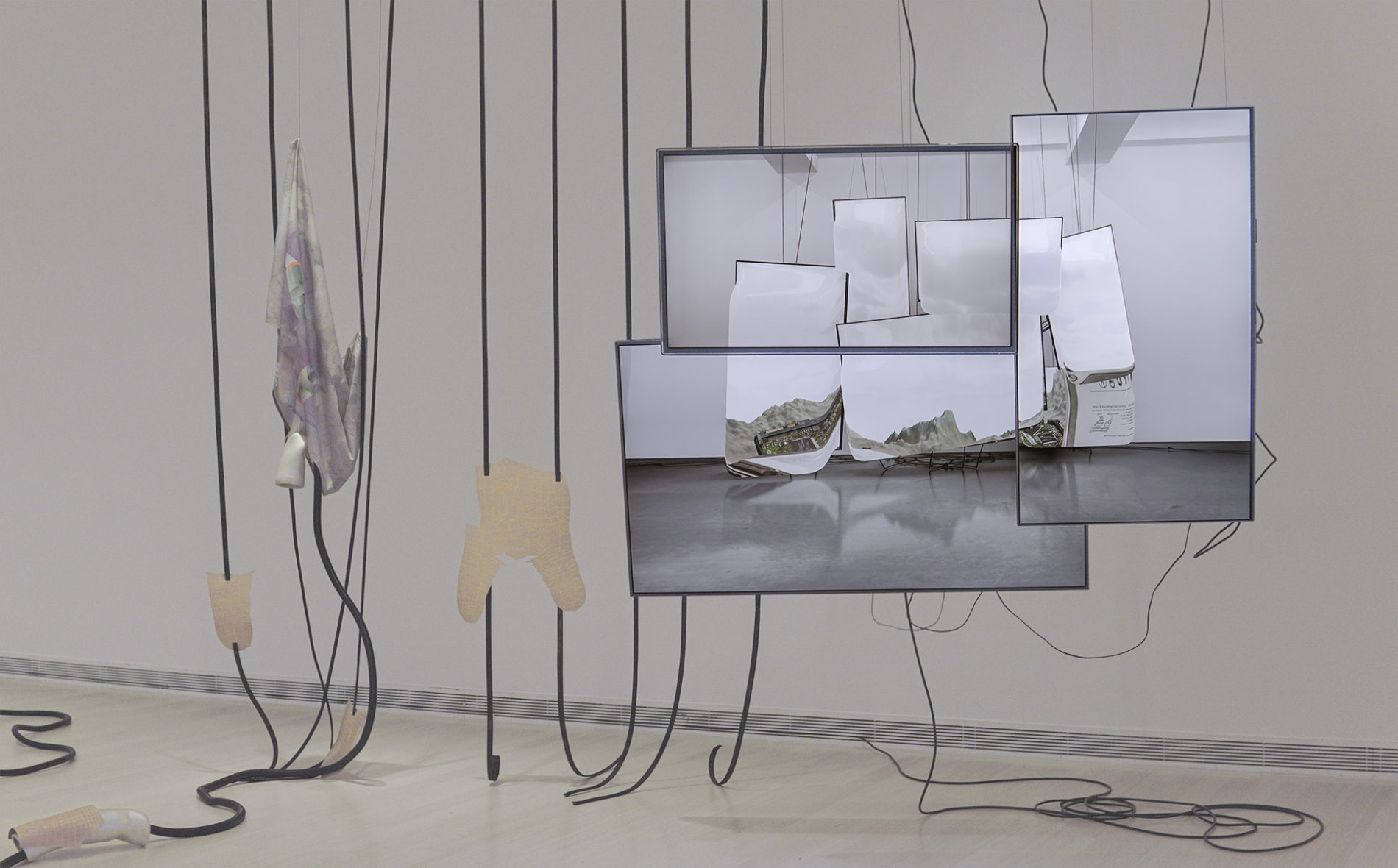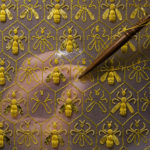MAGAZINE
Virtual Residency Chronicles: Nathalie Bachand
Virtual Residency Chronicles: Nathalie Bachand
This March the wendy.network is excited to welcome eight brilliant creative individuals as part of our first virtual residency. In this installment of the Virtual Residency Chronicles, we sat down with Nathalie Bachand, one of the residency’s guest faculty members, to find out more about her creative practice, what inspires her and what makes her most excited about the upcoming residency.
Nathalie Bachand is an independent curator and art writer. Her creative focus revolves around contemporary landscapes of artistic production and their connection to, and influence of, technology.
Her work as an art writer spans across multiple themes, from visual and media arts to the general climate of the cultural field. She has been published numerous times since 2004 in such publications as Angles Digital Arts in 2009 where she initiated, created and directed the project while managing the development of ELEKTRA-BIAN (2006-2016). Nathalie has also been active as a curator since 2016. Her most recent work, The Dead Web – La fin co-produced by Molior, was presented in 2019 at the Mirage Festival in Lyon and the Mapping Festival in Geneva, as well as the Ludwig Museum in Budapest, where it was co-curated with Béla Tamás Kónya in 2020.
Currently, Nathalie is the project manager and co-curator for the Espace [IM] Média festival of Sporobole – Centre en art actuel and a guest curator for Art souterrain 2021 in Montreal.
Your background is largely grounded in visual art studies and art practices, what made you shift to curatorial work?
Both my long lasting strong interest in writing, and my work with Elektra and the International Digital Art Biennial (BIAN) in Montréal is what led me towards curating. At some point I lost touch with my own visual art practice, but at the same time I already had an assumed creative writing practice (and I still do, when there’s some time left). Then it became natural for me to write about art and, eventually, organize exhibitions.
What is your creative approach to curation?
I’m interested in the encounter of different types of art practices, some let’s say more traditional and the other we could call digital art. I think that “something” happens in situations of contrast and opposition, a dialogue emerges. These dialogues sometimes sound like discussions in foreign languages since they belong to different artistic approaches, bringing subtlety to the conversation and expressing diverse perspectives. There’s something definitely creative in the articulation of that discourse – curating is not that far from writing for me.
Have you seen a change to your creative practice because of the global pandemic?
The pandemic forces me to slow down, just like everyone, and to consider the eventuality of working on online exhibitions and VR/AR artistic practices, which I never have before. It also made me realize that we generally work too fast, we don’t take enough time to reflect on what we’re doing, what it means etc. The pandemic also provided me with more time to write and read (while my capacity for concentration is definitely altered since the pandemic; but that’s another subject), and to expand my view of the art world – to also relativize about it.
Much of your creative focus revolves around digital art and the way it evolves in the contemporary art sphere. What is considered digital art in your opinion and what separates it from other forms of visual art, if separated at all?
In my opinion, we shouldn’t see them as separate, at least not in a definitive way. That being said, we can’t deny that there’s a difference, if only in the art market. Technological based artworks (let’s say artworks that need electricity, to state it in a very broad way) aren’t seen in the same way as paintings or sculptures, and their presence in galleries and museums collection is way more modest. But it’s changing, slowly, but it is. Professionals and collectors in the art milieu, are less and less afraid of the technological aspects of a work.
Do you think digital art constitutes the future of the art world? And what does that potentially mean for contemporary art and the art world?
I don’t see it as the future of the art world. I think digital art has always been part of the contemporary art world (we can go back to Nam June Paik in the 1960s for example), but it’s reception, it’s treatment, and it’s general place in the art world is still not a fair one. That might mean, in the future, the development of a more inclusive way of considering art production – as it was in the case of Marcel Duchamp, when the urinal entered art history; I think that a paradigm shift is currently occurring.
As an independent curator you have previously participated in two different residencies. What did those experiences teach you and do you think residencies are valuable ways of expanding one’s artistic career?
I do think that curator’s residencies are very important. They are precious occasions to meet new artists, expand our view on art and its various historical aspects in different parts of the world, and to also extend our network. The change of our immediate environment produces this opportunity which allows us to process, perceive and experience differently things that were previously unknown.
What drew you to collaborating with the wendy.network?
This invitation was a blessing for me. In a period of time where most creative projects are in limbo, or have just been stopped and canceled, I’m very lucky and privileged to still be active in my field of work. So to accept this invitation to collaborate felt totally natural to me.
Is there anything you hope to gain from participating in the virtual residency?
It will be a very interesting experience for me to take part in this virtual residency program, to meet new artists, and share experiences through mutual exchanges. I will learn a lot for sure and I’m very excited about it.
Now, with the state of the world, we see an unprecedented rise of virtual exhibitions and residencies. Do you think working in a digital space is an obstacle or gift?
For sure there is a good and a bad side to it. It is obviously an obstacle to the physical apprehension of art; it’s materiality is missing. On the other hand, it allows more space to reflect on art. It also somewhat provides distance – a forced distance – but one we don’t always take the time to experience in the creative process. It also provides a slowness, which allows us to notice what’s not obvious.
Then, if we think of digital based artworks (screen based ones let’s say), I tend to think that this is the moment of “blooming” which might bring these kinds of art practices much further. They already provide a complex view on our actual technologically driven world, but there’s a window of opportunity right now for them to help us to see even further, to partly anticipate the future, but that’s just a feeling I have, an intuition.
The wendy.network residency is formed as a collaboration between six artists and the creative guest faculty. What do you think is the most important element when working with other creative individuals and do you think there are added elements when working virtually?
The most important element for me, in this context, is attentiveness and listening. Also to try to see through language, to grip onto something which exceeds the communicational surface. That’s really what interests me when I’m discovering the process and the work of new artists. And I’m definitely looking forward to this at the moment.
For more details about Nathalie’s work, the virtual residency, the guest faculty and our six resident artists, stay tuned on the wendy.network.



